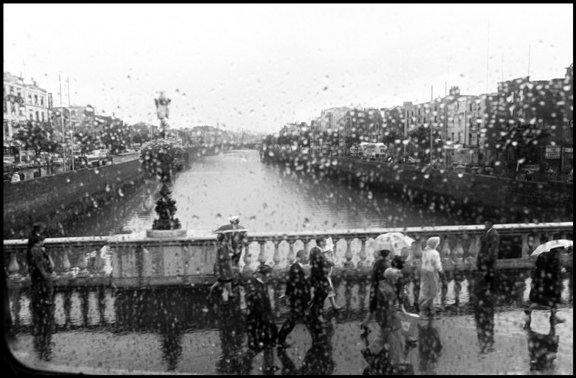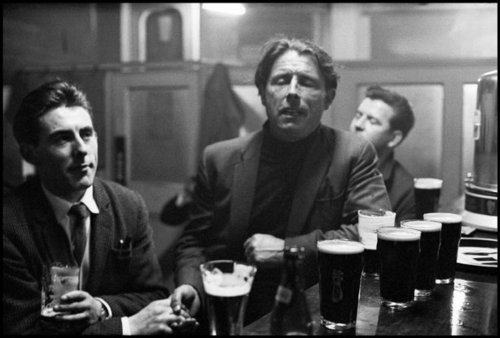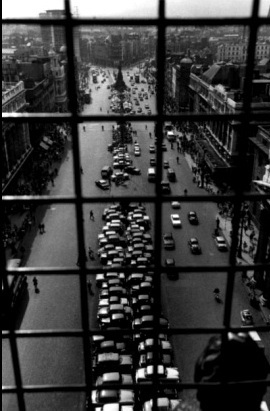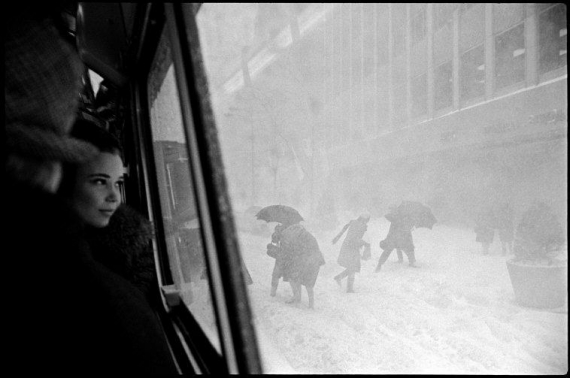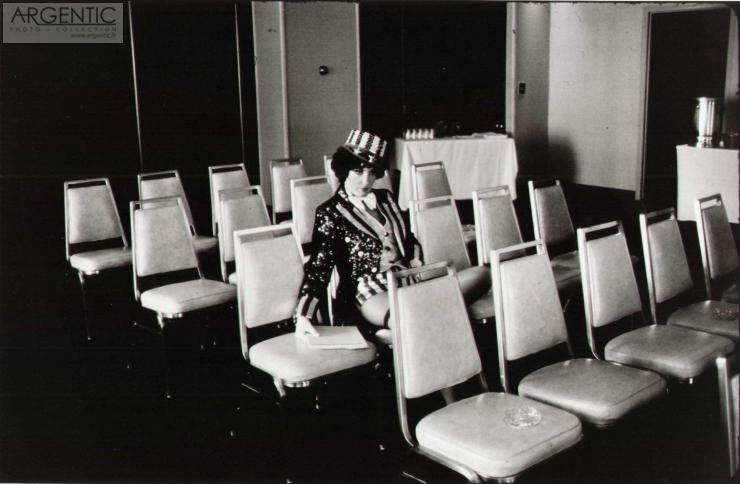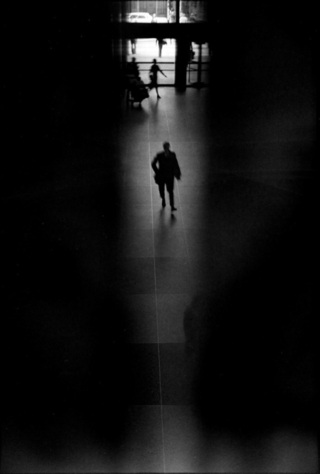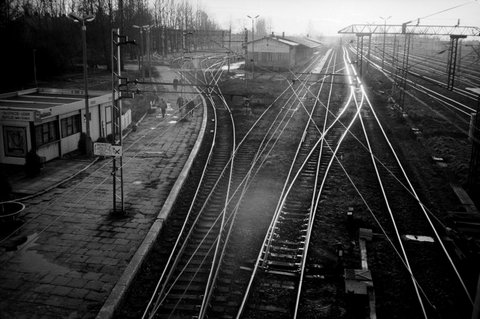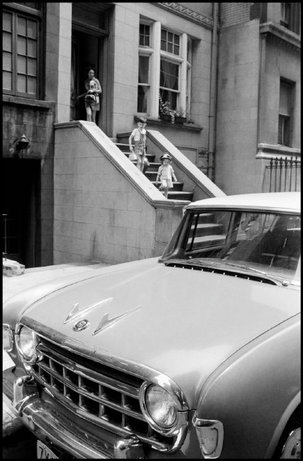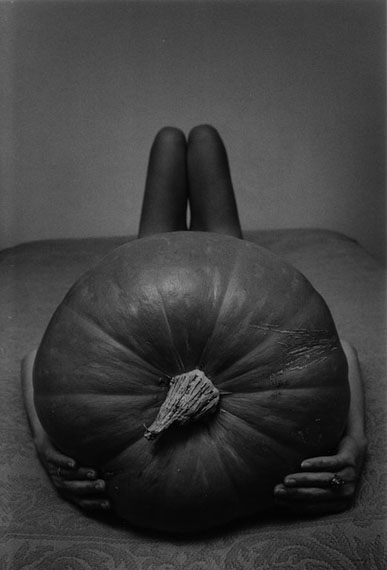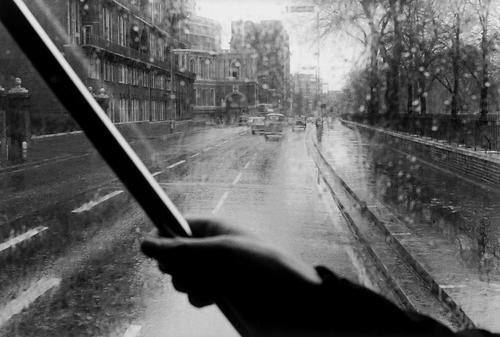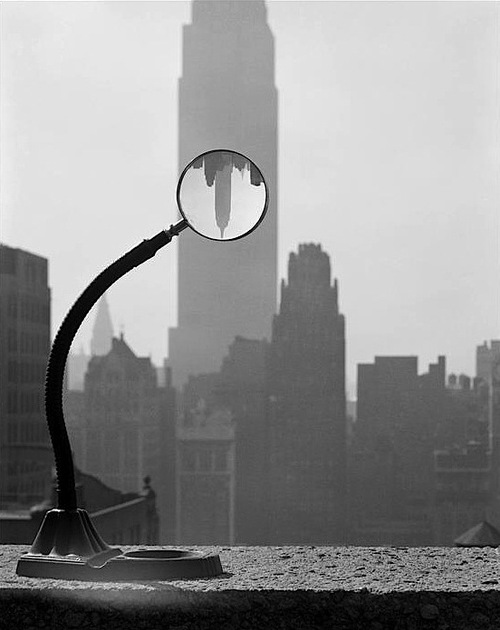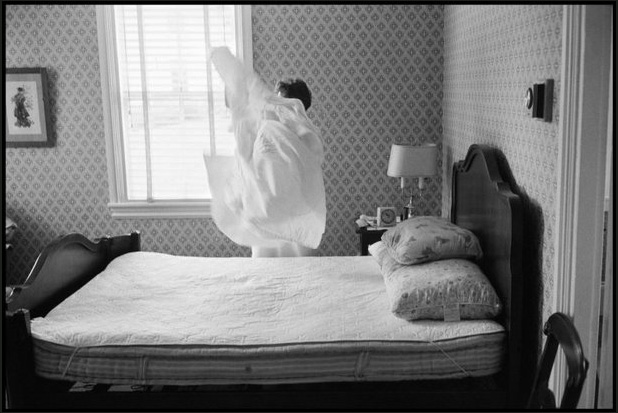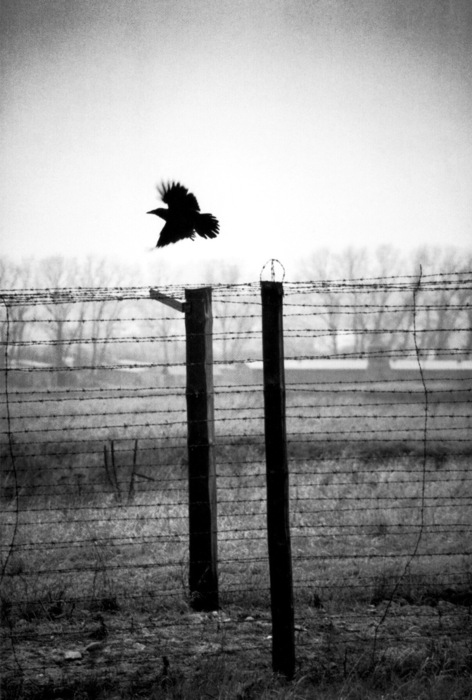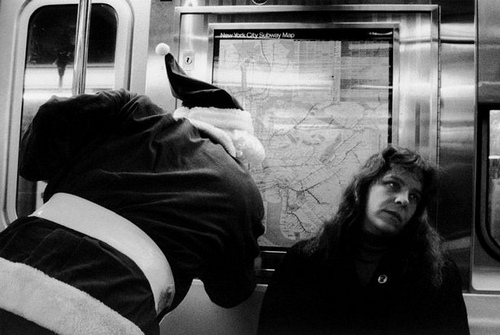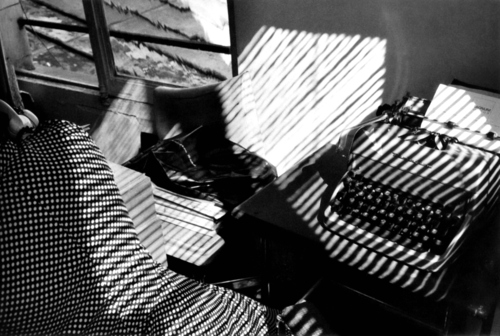<Back to Index>
- Photographer Erich Hartmann, 1922
PAGE SPONSOR
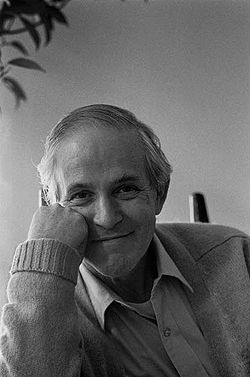
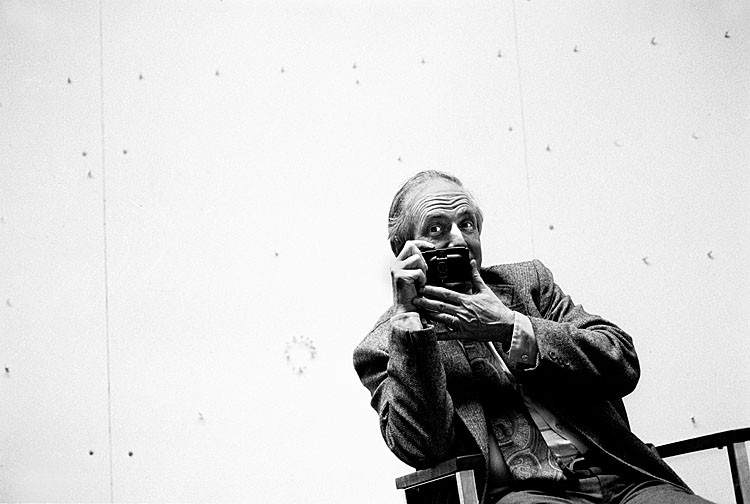
Erich Hartmann (July 29, 1922 in Münich - February 4, 1999 in New York) was an American photographer.
Erich Hartmann, was born 29 July 1922 in Munich, Germany, the eldest child of parents who lived in Passau, a small city on the Danube near the Austrian border in which they were one of a five Jewish families. Erich Hartmann's family belonged to the middle class, and his father, a social - democrat who served during World War I and been imprisoned by the British, was highly respected. In 1930, only eight years old, Erich took his first photographs.
Life became increasingly difficult after the Nazi takeover in 1933, including personal, financial, business, and family restrictions and the beginning of deportations of Jews to the first so-called 'labor camp' in the nearby village of Dachau.
In 1938, two days after the assassination in Paris of German diplomat, Ernst vom Rath (November 7), skillfully orchestrated anti - Jewish violence occurred all over Germany. In the early hours of November 10, coordinated destruction broke out in cities, towns and villages throughout the Third Reich. In a single night, Kristallnacht (literally Night of Crystal) synagogues were destroyed, and Jewish businesses and homes ransacked and their windows systematically broken (hence the expression crystal). In August, Erich's family accepted the opportunity to immigrate to the United States, with an affidavit from distant relatives in Albany, New York.
The only English speaker in the family, Erich Hartmann worked in a textile mill, in Albany, New York, attending evening high school and later taking night courses at Siena College where he earned his bachelor's degree. On December 8, 1941, the day after the attack on Pearl Harbor, the US entered the war, and Erich enlisted in the US Army. Trained in Virginia and Ohio, he had to wait until 1943 before serving in England, Belgium and France (the Normandy Landings), and with the liberating forces as a court interpreter at Nazi trials in Cologne, Germany. At the end of the war he moved to New York City where, in 1946, he married Ruth Bains; they had two children, Nicholas (born in 1952) and Celia (born in 1956). During these years, he worked as an assistant to a portrait photographer and then as a freelancer. He studied at the New School for Social Research with Charles Leirens, Berenice Abbott and Alexey Brodovitch. His portrait subjects over the years included architect Walter Gropius, writers Arthur Koestler and Rachel Carson, musicians Leonard Bernstein and Gidon Kremer, actor Marcel Marceau, and many others. Music played a great role in his life and work: "Music captured me before photography did, he recalled. "In my parents' house there was not much music except for a hand - cranked gramophone on which I surreptitiously and repeatedly played a record of arias from "Carmen". This was before I could read!"
In the 1950s Hartmann first became known to the wider public for his poetic approach to science, industry and architecture in a series of photo essays for Fortune magazine, beginning with The Deep North, The Building of Saint Lawrence Seaway and Shapes of Sound. He later did similar essays on the poetics of science and technology for French, German and American Geo and other magazines. Throughout his life he traveled widely on assignments for the major magazines of the US, Europe and Japan and for many corporations such as IBM, Nippon Airways, Citroën, Citibank, Boeing, Ford, Schlumberger for which he mainly used color. Invited in 1952 to join Magnum Photos, the international photographers’ cooperative founded in 1947 by Robert Capa, David Seymour, George Rodger and Henri Cartier - Bresson, he served on the Board of Directors from 1967 to 1986, and as President in 1985 - 1986.
His first solo exhibition Sunday with the Bridge, studies of Brooklyn Bridge, opened at the Museum of the City of New York in 1956. In 1962, his book and exhibition Our Daily Bread toured widely around the United States. Many more exhibits followed over the years, in the United States, Japan, and throughout Europe. He lectured at the Summer Academy in Salzburg, Austria, at the Syracuse University School of Journalism, among others, taught at workshops and seminars, and received commendations including the Photokina award (Cologne, Germany), the CRAF International Award (Italy), the Newhouse Citation in Photography (US) and numerous Art Directors Club awards.
His principal interest, in photography as in life, was the way in which people relate both to their natural surroundings and to the environments they create. Our Daily Bread and The World of Work were continuing long term projects. He documented not only industry and technology – glass making, boat building, farming, food production, aviation, construction, space exploration, scientific research - but also the human cultural and geographical context: Shakespeare's England, James Joyce's Dublin or Thomas Mann's Venice.
His personal projects reveal a fascination with the way technology can embody beauty: the abstract patterns of ink drops in water, intimate portraits of tiny precision manufactured components or laser light in natural and man made environments: "In the 1970s he became obsessional with laser light, Ruth Hartmann remembers. He saw there a way to make light truly "write", to "photo" ""graph". He began experimenting with diffusing laser light through different kind of glass, through prisms, lenses of all kinds, through faceted doorknobs, breaking the light into pieces to make designs, to write. He then refined his techniques so as to be able to impose a controlled image of concentrated light on landscapes, then on people. This culminated in a major show in New York and other smaller shows."
One of his most penetrating and poignant work however, explores a vision of the emptiness that can lie within the worlds that human beings make for themselves, as exemplified in his photographs in a mannequin factory crowded with insensate yet suffering faces.
This concern with dehumanization led him undertake in his late years a very personal and intimate project that transcended memory.
Auschwitz, Bełżec, Bergen - Belsen, Birkenau, Buchenwald, Bullenhuser Damm, Chełmno, Dachau, Emsland, Belower Wald, Gross Rosen, Majdanek, Mauthausen, Natzweiler, Neuengamme, Ravensbrück, Sachsenhausen, Sobibor, Theresienstadt, Treblinka, Vught, Westerbork... Unspeakable journey to the End of the Night. For more than eight weeks, Erich and Ruth Hartmann undertook a long and rough winter journey to photograph the mute and horrifying remains of the Nazi concentration and extermination camps, and places of deportation, throughout Europe. Hartmann had only one decision to follow: black and white photographs only to capture what he sees, immediately when arriving, no matter whether days looked like nights.
Back home, after a Titanic work: 120 rolls of film, a first selection of 300 photographs and, at the end, after another selection of only 74 negatives, Hartmann was ready for publication. The result consisted of the book and exhibition In the Camps, published in 1995 in four languages and exhibited in more than twenty venues in the US and Europe in the years since: "If I have learned any lesson from having been in the remains of the camps, says Hartmann, it is that thinking or living for oneself alone has become an unaffordable luxury. Except perhaps in dreams, life no longer takes place on a solitary plane. It is now irrevocably complex, and we, whoever we are, have become intertwined one with the other, whether we like it or not. Acting on that belief may be a more effective tribute to the memory of the dead than mourning alone or vowing that it shall not happen again. And it may also be the most promising way of doing away with the concentration camps. I am not an optimist, but I believe that if we decide that we must link our lives inextricably - that "me" and "them" must be replaced by "us" - we may manage to make a life in which gas chambers will not be used again anywhere and a future in which children, including my granddaughters, will not know what they are."
In the late 1990s Hartmann began make a definitive selection from fifty years of this personal work, and just a few months before his death he began discussions with a gallery in Austria about developing an exhibition called Where I Was. He died unexpectedly on 4 February 1999, but his wife decided to continue the task of defining and preparing the pictures, and the show opened at Galerie Fotohof in Salzburg on 27 June 2000:"Different from most posthumous exhibits, writes Ruth Hartmann, the beginning, the idea and impetus for this came from the photographer himself in his lifetime and has been realized by others attempting to continue the idea in accordance with his notes.
"Where I was" was not always a specific geographic spot; it was often a frame of mind, as when he found the mannequin factory and saw there a simple and seemingly innocent metaphor for the dehumanizing horrors of our time. (...) These are personal pictures of a busy working photo-journalist, traveling all the time; home briefly in between. Although much of his assigned work was in color, he was never without a camera loaded with black and white film and a small box of extra rolls, which he used to capture what intrigued and fascinated him always: life in progress, people in their environments, enigmatic, unfinished, ambitious. His devotion to photography was lifelong and intense; he saw pictures everywhere. Taking these personal pictures kept his own course steady even as he worked, with equal devotion, on widely varying assignments which often bred new passions and fascinations, as evidenced in his involvement with the intricate beauties of technology. Some of these pictures here come from such assignments. He was There, too."
"I have earned my living as a magazine photographer and photojournalist, says Hartmann, working in many parts of the world for major magazines and businesses, often on subjects of general interest and most often on topics having to do with high technology. Alongside and intertwined with that photographic life has been another, an exploration mainly of aspects of my middle-class (and now late middle-age) self and some of the forces that had an effect on it. I have chosen autobiography as main theme of my personal work for more than one reason. I believe that I can speak most convincingly of what I have known the longest if perhaps not the best, I have derived from seemingly everyday aspects of an outwardly quiet and undramatic life an endless and rich source of challenge, and I am tempted to believe that the results resonate beyond the specific and personal and speak for other lives as well."
On February 4, 1999 Erich Hartmann died unexpectedly from a heart attack in New York.
